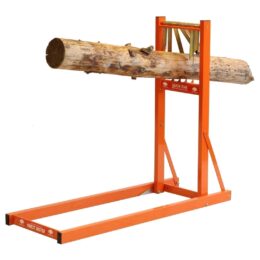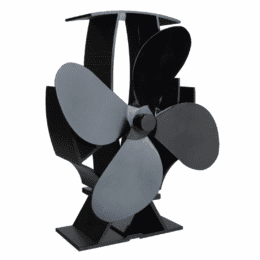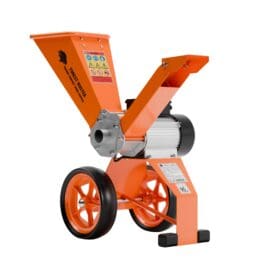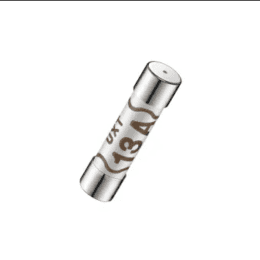Last Updated on March 2, 2021 by Forest Master
Picture the scene, Winter. Dark nights. Rain, or even worse snow! It’s the time of year where we like to gather together, get cosy and keep warm. Simple, right? Wrong! Because while nothing says cosy or warm like a log fire. Burning unseasoned logs could make your chimney so hazardous even Santa would use the front door. So what are seasoned and unseasoned logs, why are they hazardous and how can you spot the difference so that you’re warm (and safe) this Winter.

To get an optimal burn you need to ensure your log is seasoned. A good way to tell this is whether the wood is cracked and the ease with which the bark pulls away, the easier it pulls the more seasoned the log. Unseasoned logs are quite often green, “fresh-looking” and damp; usually a moisture content of over 20-25% is considered unseasoned. Seasoning is a crucial process that allows you to get the most out of your wood. A logs lifespan is typically 4-5 years, with years 2-3 being their optimal burning years. A seasoned log needs to be under 15% moisture content to burn safely. We strongly recommend investing in a moisture meter in order to determine the correct moisture content of your logs.
There is a common misconception that unseasoned wood will not burn, this is not the case. While you can light the wood, it is likely that the flame will go out, will smoulder, and won’t give heat. The moisture in the log will bubble giving an indication that it is too damp to burn/produce heat. Other than producing a damp flame (and no one wants that), burning unseasoned logs can dampen your wallet and even your health.

When burnt, the water vapour in unseasoned logs mixes with gases and other particles to go up the chimney, which when left to go cold creates a creosote substance. This substance when left to harden becomes tar, which then seeps into the brick if your chimney is unlined. This is why the moisture level within the wood is crucial, the higher the moisture content, the less it produces heat & the quicker the creosote builds up and can ultimately block your chimney. This is because when lit an unseasoned log isn’t producing heat, it’s burning away the moisture within the log. Not only is this wasting the log, but it also produces smoke which in turn creates more creosote to block up your chimney. Cleaning, or worse yet, replacing your chimney can be both time and money consuming and if neglected can cause chimney fires. Neglected chimneys can emit harmful gases such as carbon monoxide, soot and/or tar; not exactly what you expect to come down your chimney during the festive season.
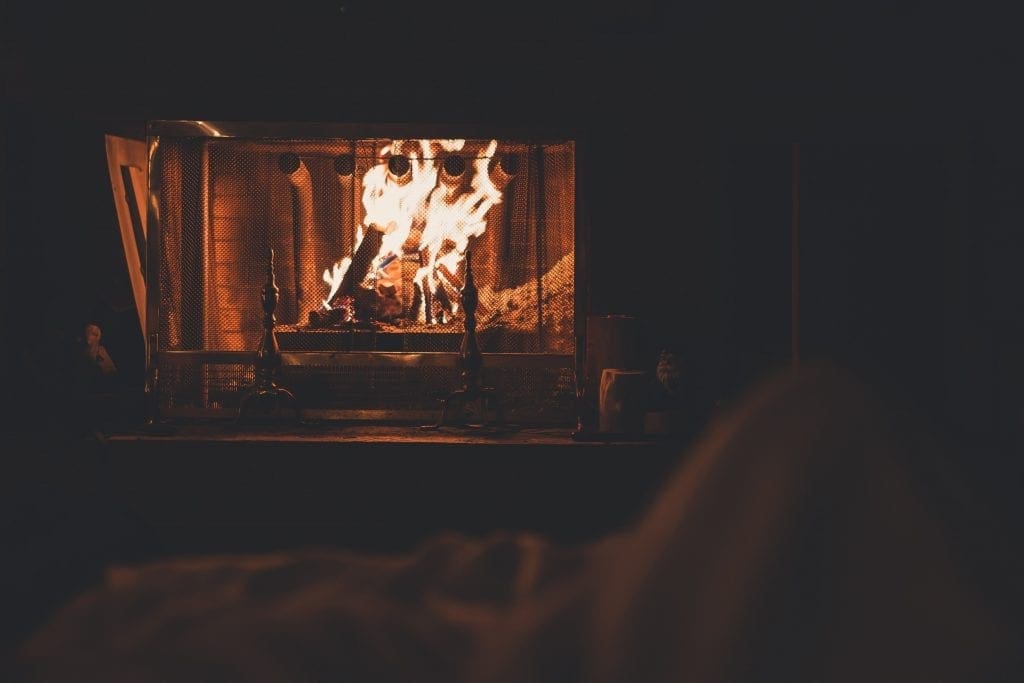
Do you see why knowing your seasoned from your unseasoned logs is important? Yeah, us too. To make it even simpler here are 5 easy steps to ensure your wood is seasoned enough. Firstly, consider the Weight as seasoned logs are drier, therefore, weigh less than green logs. Secondly, check the Bark, the easier it chips away the better it will burn. Cracking is also important, there should be radial cracks reaching out toward the bark. The log should have a light woody Smell rather than a sappy one and they should be more faded in Colour.
We hope you’ve enjoyed this post, want to learn more? Make sure to follow our blog and socials to keep up to date with everything Forest Master. Got some unseasoned nightmares? Let us know below! And be sure to send us pictures of your log fires this winter!


